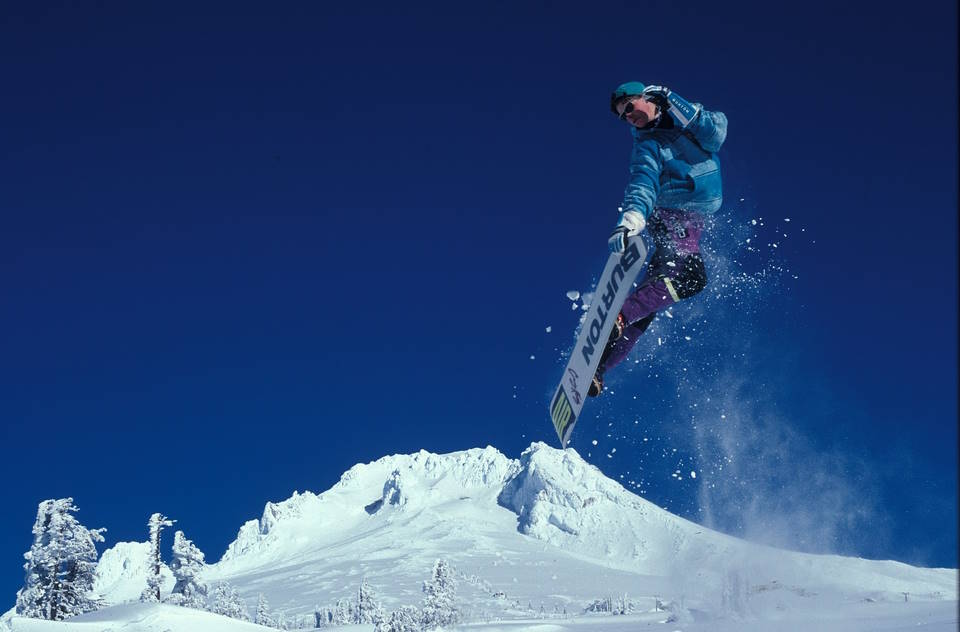Are you ready to hit the slopes this winter? Whether you’re a seasoned snowboarder or a newbie looking to get into the sport, it’s important to understand the key factors that go into choosing the right snowboard for your needs. From determining the correct size and length to understanding waist width and flex rating, there are many elements to consider when selecting the perfect board. In this blog post, we will break down each of these factors to help you make an informed decision and ensure that you find the best snowboard for your next winter adventure.
Choosing The Right Snowboard Size
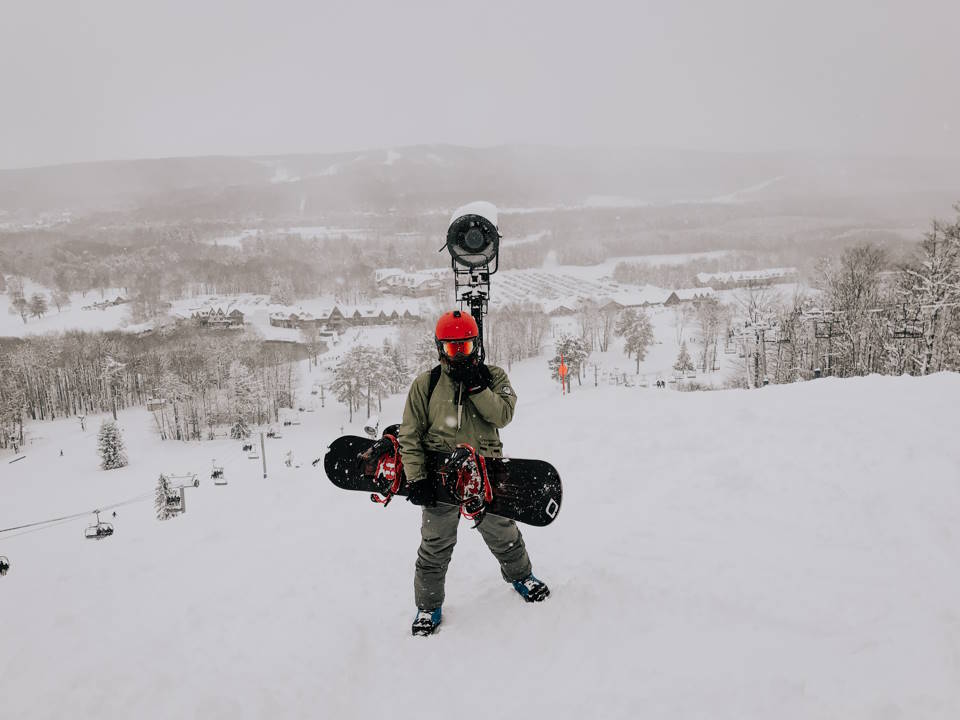
When it comes to snowboarding, one of the most crucial factors to consider is the size of your snowboard. The right size can make all the difference in your riding experience, whether you’re a beginner or an advanced rider. But with so many options out there, how do you choose the perfect size?
1. Understand your riding style: Before selecting a snowboard size, it’s important to consider your riding style. Are you someone who prefers cruising down groomed slopes? Or do you enjoy hitting the terrain park and performing tricks? Different riding styles require different snowboard sizes, so make sure you know what you’ll primarily be using your board for.
2. Consider your weight and height: Another important factor in determining the right snowboard size is your weight and height. Typically, a longer board is suitable for riders with more weight and height, as it provides better stability and float in powder. On the other hand, shorter boards are better for lighter and shorter riders, as they offer more maneuverability and control.
3. Take your skill level into account: Your skill level should also play a role in selecting the right snowboard size. If you’re a beginner, you may want to opt for a slightly shorter board, as it will be easier to control and maneuver. However, if you’re an advanced rider looking for more speed and stability, a longer board might be a better choice.
By keeping these factors in mind and understanding your own preferences, you’ll be able to choose the right snowboard size that suits your needs. Remember, a well-fitted snowboard will enhance your performance on the slopes and make your snowboarding experience more enjoyable. Happy riding!
Understanding Snowboard Waist Width
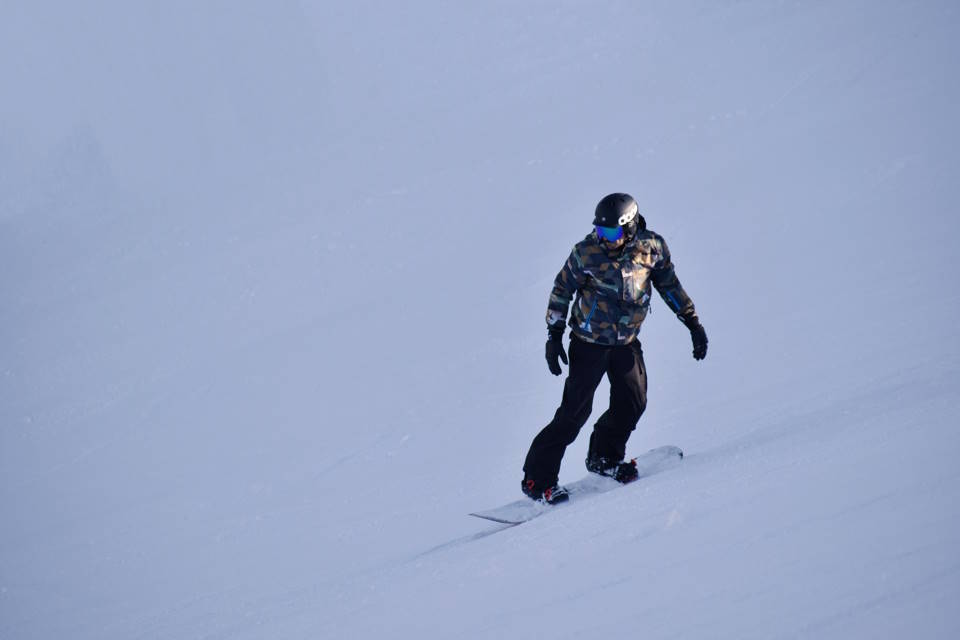
When it comes to snowboarding, it’s not just about strapping your feet onto a board and sliding down the mountain. There are many aspects that come into play, including understanding snowboard waist width. The waist width of a snowboard is the measurement at the narrowest part of the board, usually between the bindings. This measurement is important because it affects how the snowboard performs and how well it suits your personal riding style.
So, why does waist width matter? Well, the waist width of your snowboard determines how well your boots align with the edge of the board. If the waist width is too narrow, your boots may hang over the edge, causing your toes or heels to drag in the snow. On the other hand, if the waist width is too wide, it can make it difficult to initiate turns and put unnecessary strain on your legs.
There are a few factors to consider when determining the right snowboard waist width for you. Firstly, you need to take into account your boot size. The goal is to have your boots fit snugly on the board without any overhang. If you have a smaller boot size, you can get away with a narrower waist width. However, if you have larger feet, you’ll want to look for a wider waist width to accommodate your boots.
- Flex Rating: The flex rating of a snowboard refers to how stiff or soft it is. A stiffer board generally requires a wider waist width to prevent boot drag, while a softer board can be paired with a narrower waist width.
- Riding Style: Your riding style also plays a role in determining the right waist width. If you’re a freestyle rider who enjoys jumps and tricks in the terrain park, a narrower waist width can provide more control and responsiveness. On the other hand, if you prefer carving and high-speed cruising, a wider waist width offers better stability.
Now that you have a better understanding of snowboard waist width, you can make a more informed choice when choosing the right snowboard for your needs. Remember to consider your boot size, riding style, and the flex rating of the board. By finding the perfect match, you’ll be well-equipped to enjoy your time on the slopes and carve up the mountain with ease!
| Pros | Cons |
|---|---|
| Provides better boot-to-board alignment | Can be challenging to find the perfect fit |
| Offers improved control and responsiveness | May limit boot size options |
| Ensures optimal performance based on riding style | Requires consideration of various factors |
Measuring Snowboard Length
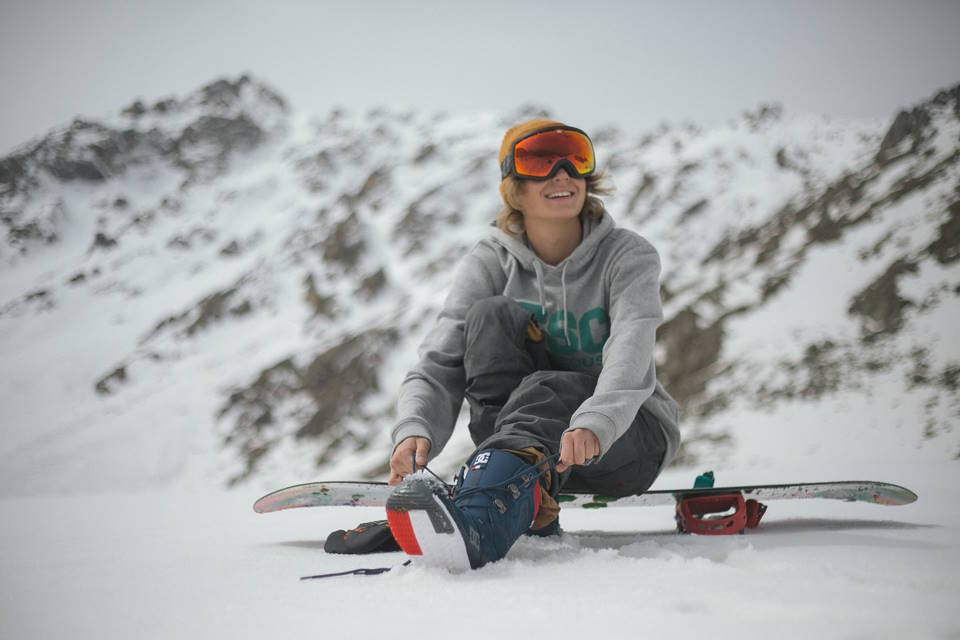
When it comes to snowboarding, one of the most important factors to consider is the length of your snowboard. The length of your snowboard can greatly affect your overall snowboarding experience and performance on the slopes. Whether you’re a seasoned pro or a beginner, understanding how to measure and choose the right snowboard length is essential for a successful ride.
There are a few key factors to consider when measuring the length of your snowboard. The first is your height. Generally, the taller you are, the longer your snowboard should be. If you’re on the shorter side, a shorter snowboard may be more suitable for you. However, it’s important to note that personal preference and riding style also play a role in determining the ideal length.
Another important factor to consider is your weight. Heavier individuals may benefit from a longer snowboard, as it provides more stability and control. On the other hand, lighter riders may find a shorter snowboard easier to maneuver. It’s crucial to find a balance between your height, weight, and snowboarding ability to ensure a comfortable and enjoyable ride.
- Additionally, the type of terrain and snow conditions you intend to ride on can also influence the length of your snowboard. For example, if you mainly ride in powder or deep snow, a longer snowboard can provide better floatation and stability. Conversely, if you prefer riding in the park or on groomed trails, a shorter snowboard may be more maneuverable and responsive.
- Lastly, it’s worth mentioning that different snowboard brands and models may have varying size charts and recommendations. Consulting the manufacturer’s guidelines or seeking advice from experienced snowboarders can help you make a more informed decision.
| Height | Weight | Recommended Length |
|---|---|---|
| 5’0″ – 5’5″ | 100 – 140 lbs | 145 – 150 cm |
| 5’6″ – 5’10” | 140 – 180 lbs | 151 – 159 cm |
| 5’11” – 6’2″ | 180 – 220 lbs | 160 – 166 cm |
| Above 6’2″ | Above 220 lbs | Above 166 cm |
Determining Snowboard Flex Rating
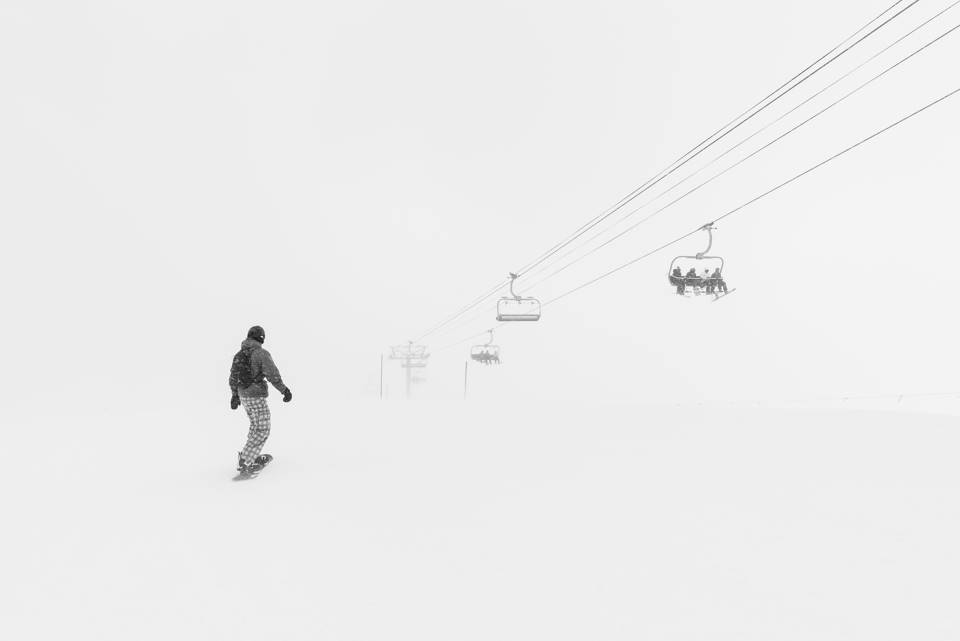
When it comes to snowboarding, having the right equipment is crucial for a great performance on the slopes. Along with choosing the right snowboard size and understanding the snowboard waist width, another important factor to consider is the snowboard flex rating. But what exactly is the flex rating and how do you determine the ideal flex for your snowboard? Let’s dive into the world of snowboard flex rating and unravel its mysteries!
Firstly, let’s take a moment to understand what exactly the flex rating of a snowboard means. In simple terms, the flex rating refers to how stiff or soft a snowboard is. Snowboards can have different flex ratings ranging from soft, medium, to stiff. The flex rating directly affects how the snowboard responds to your movements and the terrain you’re riding on.
There are several factors that come into play when determining the ideal snowboard flex rating for you. Your riding style and ability level are important considerations. If you’re a beginner or an intermediate rider looking for a forgiving and easy-to-control snowboard, a softer flex rating would be more suitable. On the other hand, advanced riders or those who prefer riding at high speeds might prefer a stiffer flex rating for better stability and responsiveness.
| Determining Snowboard Flex Rating | |
|---|---|
| Step 1: | Assess your riding style and ability level. |
| Step 2: | Consider the type of terrain you’ll be riding on. |
| Step 3: | Research snowboard brands and their specific flex ratings. |
| Step 4: | Test different snowboards to get a feel for their flex ratings. |
| Step 5: | Consult with experienced riders or snowboard shop professionals. |
Now that you have a general understanding of the snowboard flex rating and its importance, the next step is to determine the right flex rating for you. You can start by assessing your riding style and ability level. Are you more into freestyle tricks and jumps, or do you prefer carving down the slopes at high speeds? Answering these questions will give you a good starting point.
Additionally, consider the type of terrain you’ll be riding on most of the time. If you’ll be mainly riding in the park or on groomed trails, a softer flex rating can provide you with the flexibility needed for tricks and maneuvers. On the other hand, if you plan on riding in powder or tackling more challenging terrain, a stiffer flex rating can offer the stability and control necessary for those conditions.
It’s also worth researching different snowboard brands and their specific flex ratings. Each brand may have their own scale, so be sure to familiarize yourself with their terminology. Don’t hesitate to test out various snowboards to get a feel for their flex ratings before making a decision. Seeking advice from experienced riders or professionals at a snowboard shop can also be invaluable in determining the right snowboard with the ideal flex rating for your needs.

